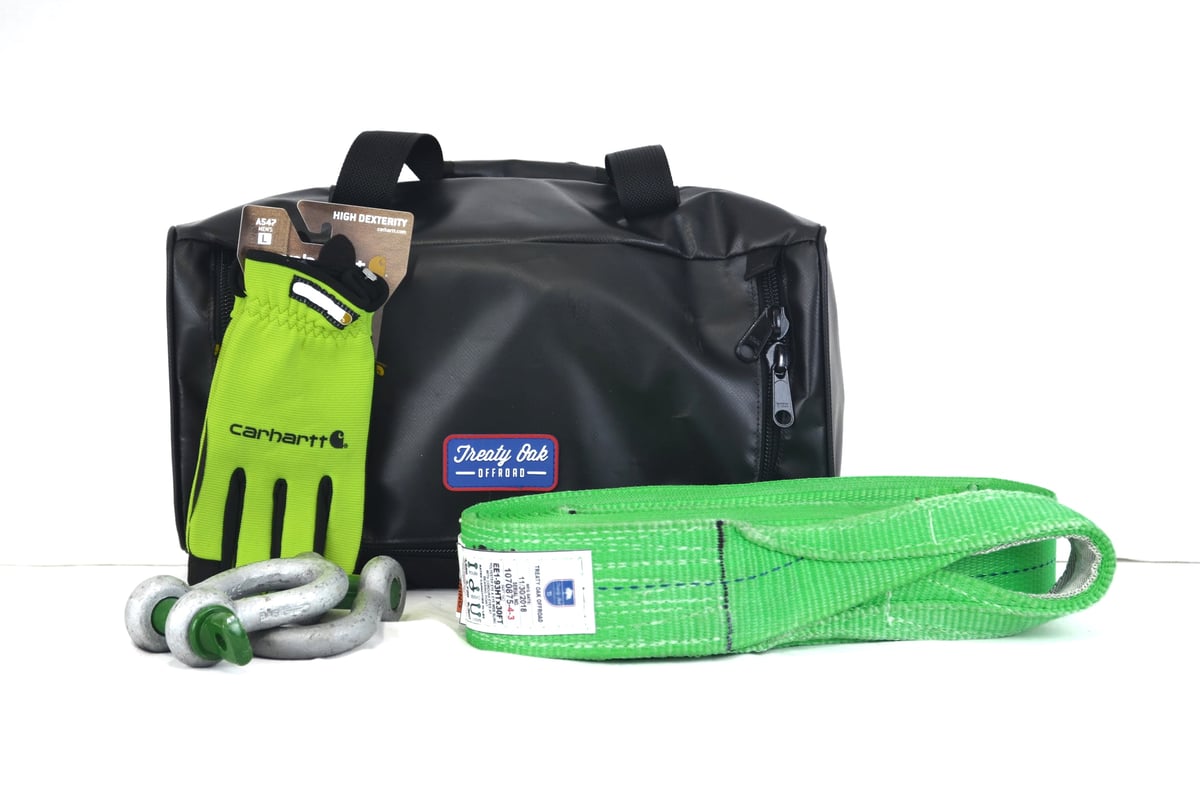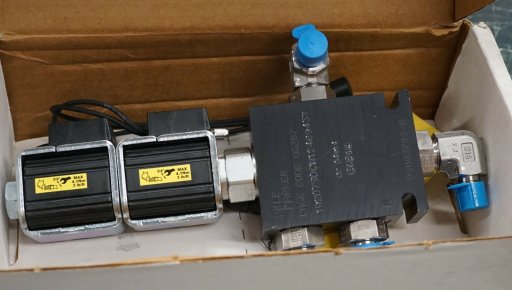Is your winch line synthetic or steel cable? Most snatch blocks are designed for cable, so the ones on the cheaper side will have gaps between the arms and the pully. If you run synthetic line through that block, there's a chance the line might jump off the pully and get into one of those gaps. If that happens, the frictional heat will melt through the line pretty quick. Also, if the snatch block is ever used with cable and you try to use synthetic in it later on, the burrs on the pully from the cable will cut through the synthetic line. They make billet aluminum snatch blocks designed specifically for synthetic. They're a bit more expensive than the cheap Smitty Bilt ones, but lighter. For synthetic line, you could also use a
recovery ring, it's not as efficient as a snatch block (higher frictional loses), but a lot lighter and takes up less space.
A
kinetic rope won't help as much for self-recoveries, but is easier to rig up and use than a winch in assisted recoveries. For synthetic line and soft shackles, your steel shackles may give you problems. If the shackles are drop forged with raised letters on the face of curved section, those raised letters have the potential to cut through a soft shackle when put under load - it might not happen the first time you do, but the chances increase every time you do. If you're running synthetic, it's good to keep a
Van Beest Shackle in your kit to use with the soft shackles.
If you have the room in your kit, you might consider adding a 3" x 30'
static/tow strap (do not use in kinetic recoveries) and/or an
equalizing bridle.
[Most of those links are to
Treaty Oak Offroad, which is all I really use for soft stuff. Other places that have quality recovery gear are
7P Overland and
Step 22 Gear. At one of the Overland Expos last year, the guys from Step 22 did a really good
clinic on what to look for when buying recovery gear and what the specific gear should be used for.]










